 It looks simple, but that Argus box contains a sophisticated greenhouse climate controller. Each greenhouse had one of these. Talk about expensive! Those big exhaust fans keep the air moving so the little plants can breathe
It looks simple, but that Argus box contains a sophisticated greenhouse climate controller. Each greenhouse had one of these. Talk about expensive! Those big exhaust fans keep the air moving so the little plants can breathe Rows of greenhouse with individual exhaust fans
As far as greenhouse farmer and Hydroponic/fertigation growers are concern, heating and cooling are obviously a significant part of their operating budget. Any measures that reduce the need for heating and cooling will reduce the costs for these as well, and will therefore increase profit (the bottom line for a commercial grower, schools and even home gardeners!).There are several methods can be outlined to conserve energy in a greenhouse as well as alternatives to “traditional” methods of heating.
- Greenhouse orientation: In northern latitudes single bay greenhouses can be oriented east-west to allow maximum light reception in the late fall, winter and early spring. For multiple bay, gutter-connected greenhouses the orientation is usually north-south so that the shadows from the gutters track from west to east across the crop rather than shading the same areas all day. In either case, the rows of plants within the greenhouse should run north-south to optimize equal light to all plants throughout the day.
- Windbreaks to save on heating: A wind of only 15 mph can double the heat loss from a greenhouse. A wind reduces the thickness and therefore the insulating effectiveness of the thin air layer (boundary layer) along the greenhouse glazing. A wind will essentially “suck” heat away from a greenhouse faster than if the air was still. Windbreaks, in the form of fences, trees, buildings, etc. can slow the wind and therefore cut heat losses from the greenhouse. Windbreaks are most effective with older, leaky greenhouses or in high wind areas. However, older greenhouses should be upgraded since this will save far more money in heating costs than any windbreak.
- Use of double verses single layer glazings: Double layer glazings, with at least a ¼” insulating layer of air in between, can reduce the conductive heat loss by up to 40% over single layer glazings. Using triple layered glazing or, for example, a double layer of polyethylene overglass, can further cut heat loss, but it will also reduce solar radiation, so this is very rarely done.
- Structural insulation: Insulating materials can be applied to the foundation of the greenhouse, to the north wall (in the northern hemisphere) and to the walls up to the height of the plants to reduce conductive heat loss. Weather stripping and other insulating materials should be added where ever there are gaps in the structure. This includes around doors and vents and whereglazing panels meet the structural supports. If the glazing material is cracked (ripped polyethylene, broken glass panes or cracked poly acrylic or carbonate) replace immediately to reduce heat loss.
- Inflatable tube insulation: Polyethylene tubes (6-18” in diameter) can be hung from the greenhouse ceiling. When inflated they create an effective insulating barrier to heat loss through the ceiling (up to 40%). Make sure the tubes fit snuggly along the walls. Since polyethylene above the crop will reduce light transmission, tube systems have been designed to be retractable or removable during the day. Though effective, these systems are rarely used in commercial operations.
- Retractable heat or insulating blanket or curtain: Porous, non-porous and aluminized materials are all used as insulation blankets. The material can be single or multiple layers: more layers giving more insulation. The material, placed between the ceiling and the crop, must be secured along the walls to minimize cold air above falling through onto the crop. These curtains can be used during the day in the summer for shading as well. These retractable curtains are perhaps the most cost effective.
- IR coatings on polyethylene films: These infrared barrier films allow heat into the greenhouse during the day (requiring a bit more venting or cooling) but significantly reduce heat loss at night by as much as 30%.
- Other insulating methods – experimental: Polystyrene beads have been used by blowing them into the air space between two glazing layers. Energy savings may amount to 60-90% annually. Liquid foam (or soaps) can be blown into the air space between two glazing layers for an energy savings of perhaps as much as 50%. A disadvantage of this is that most foams break down in cold. Unfortunately, neither of these experimental methods are currently practical.
- Equipment operation and maintenance: Maintain the heating equipment (check for leaks, valve operation, thermostats, etc.) so that it operates at peak efficiency. Insulate supply and return hot water/steam pipes. Inspect regularly. Choose the most efficient and cost effective fuel: In most places, natural gas.
- Solar Heat: This method has gained popularity recently because of its efficiency & also cost effective as to compare to most of other methods mentioned above. This video shows how
























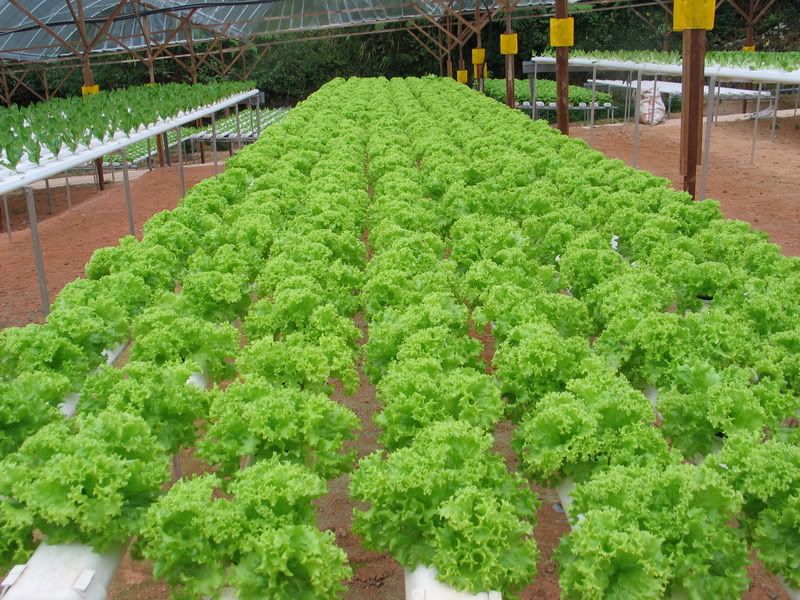
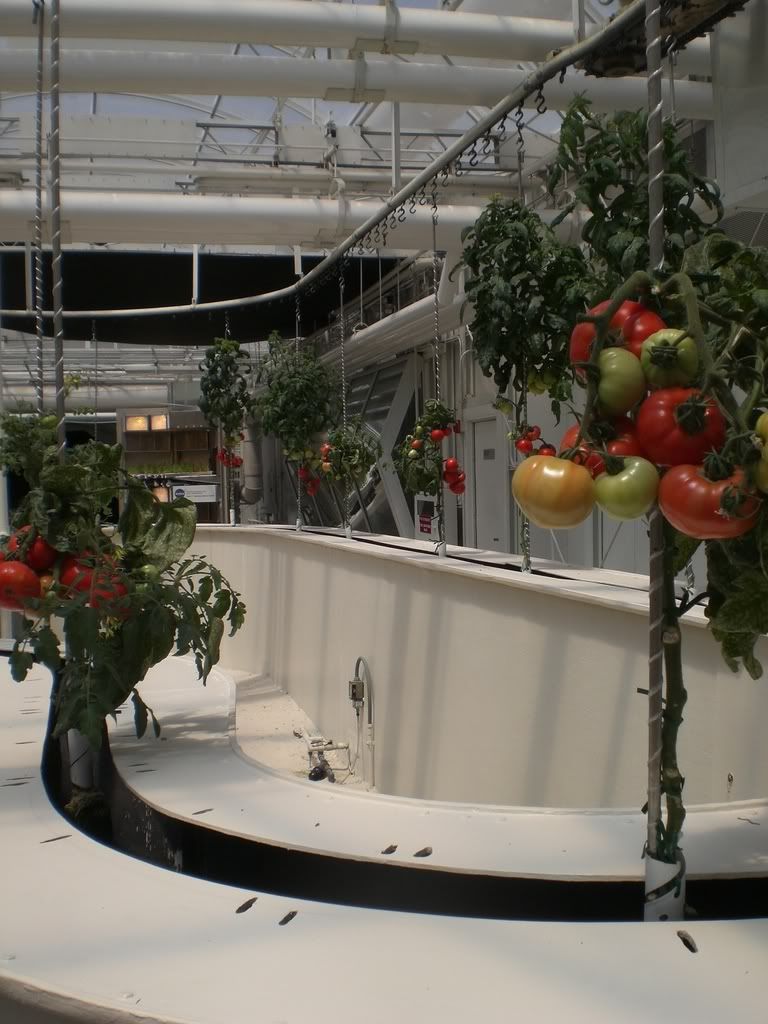
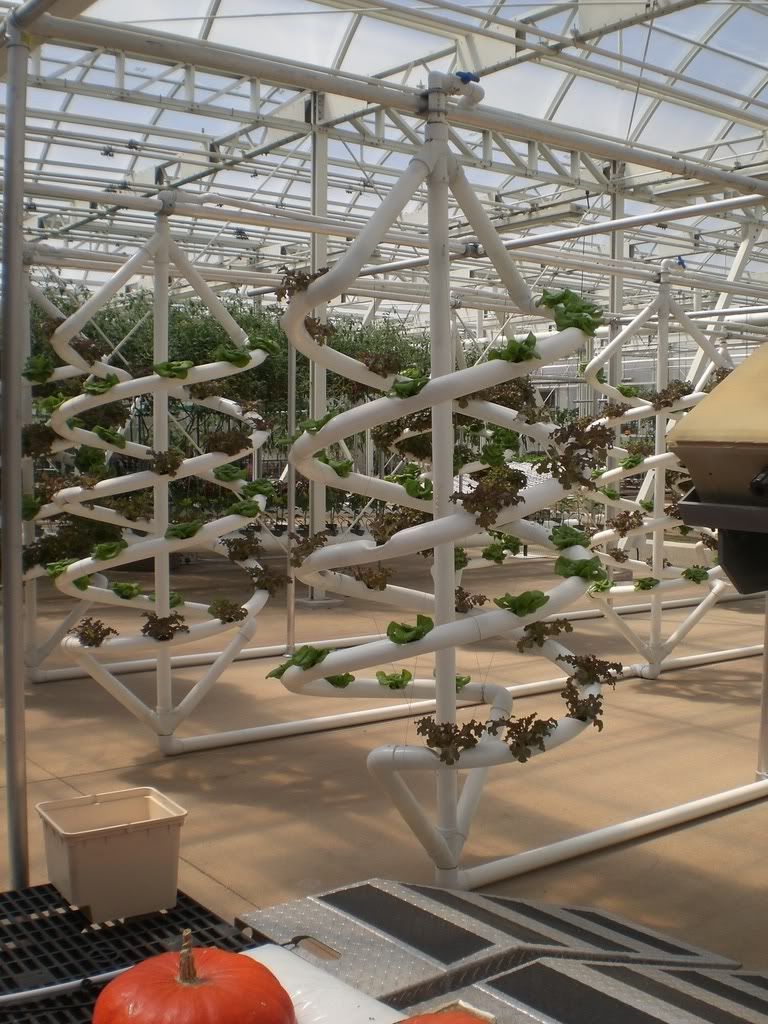
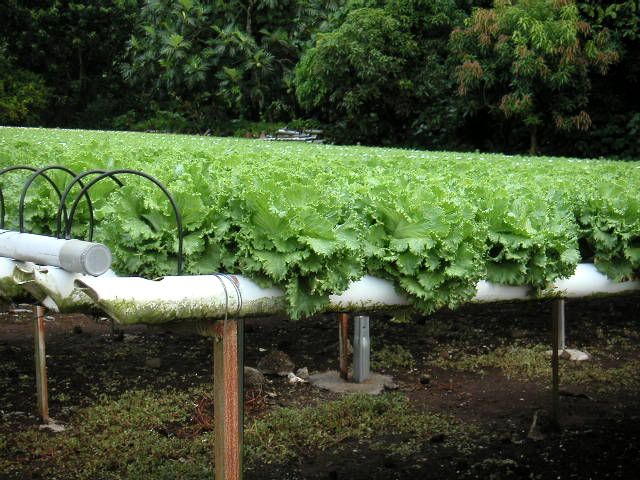
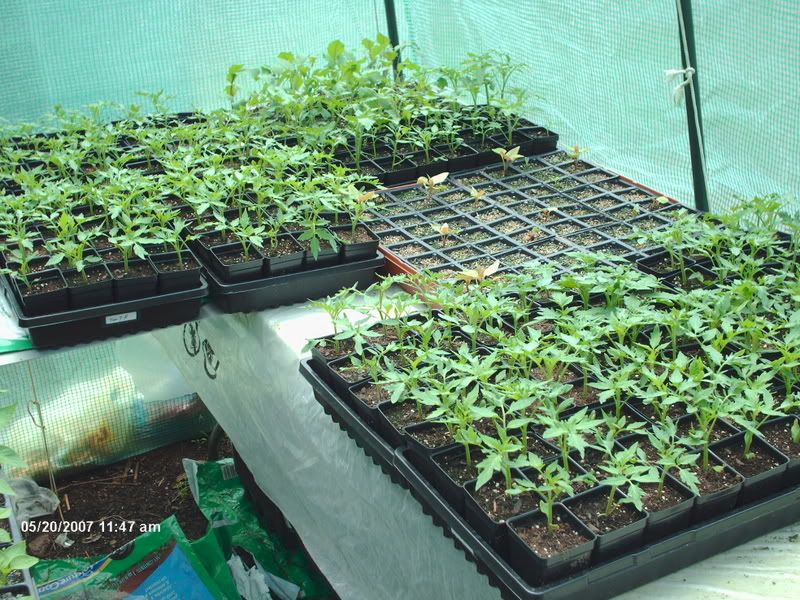
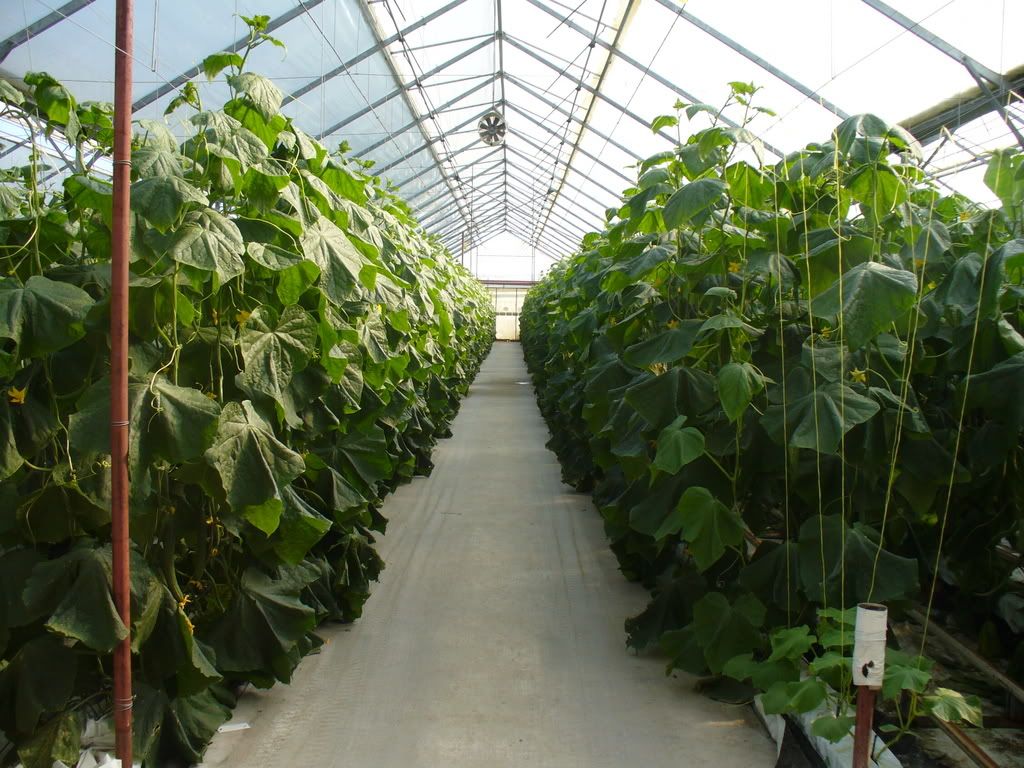
No comments:
Post a Comment